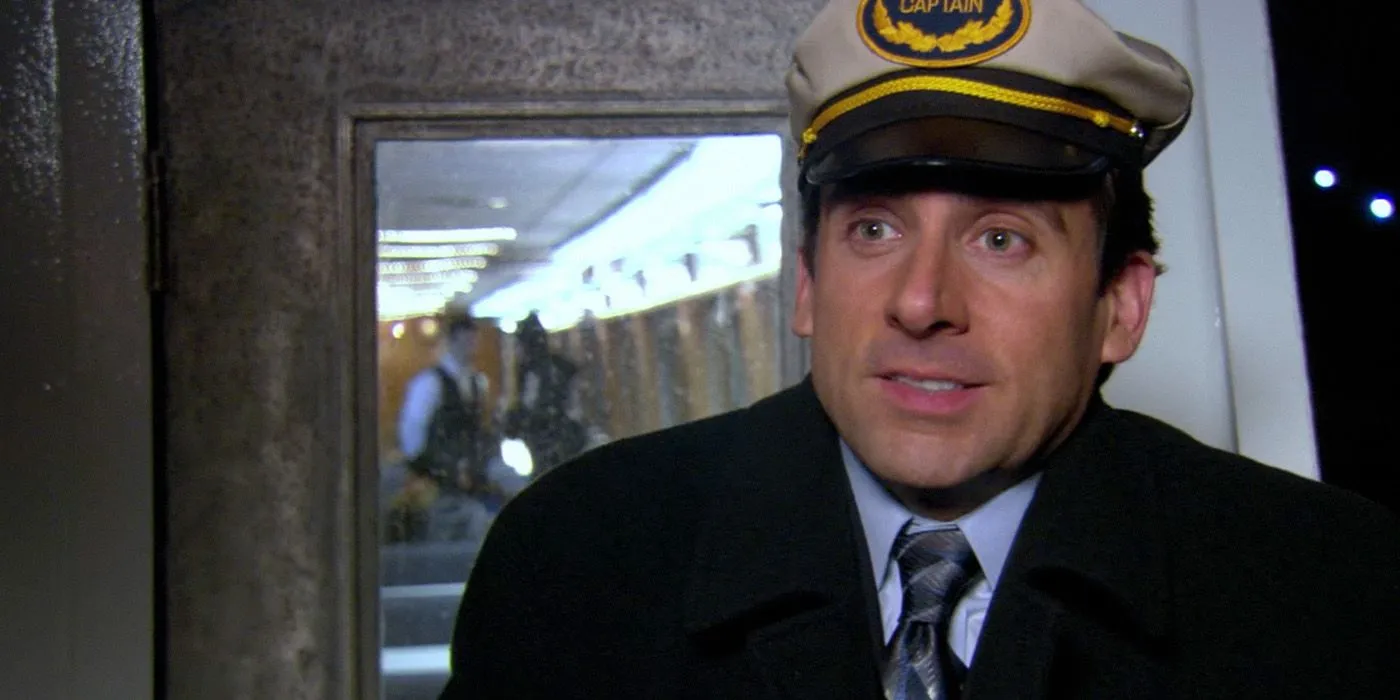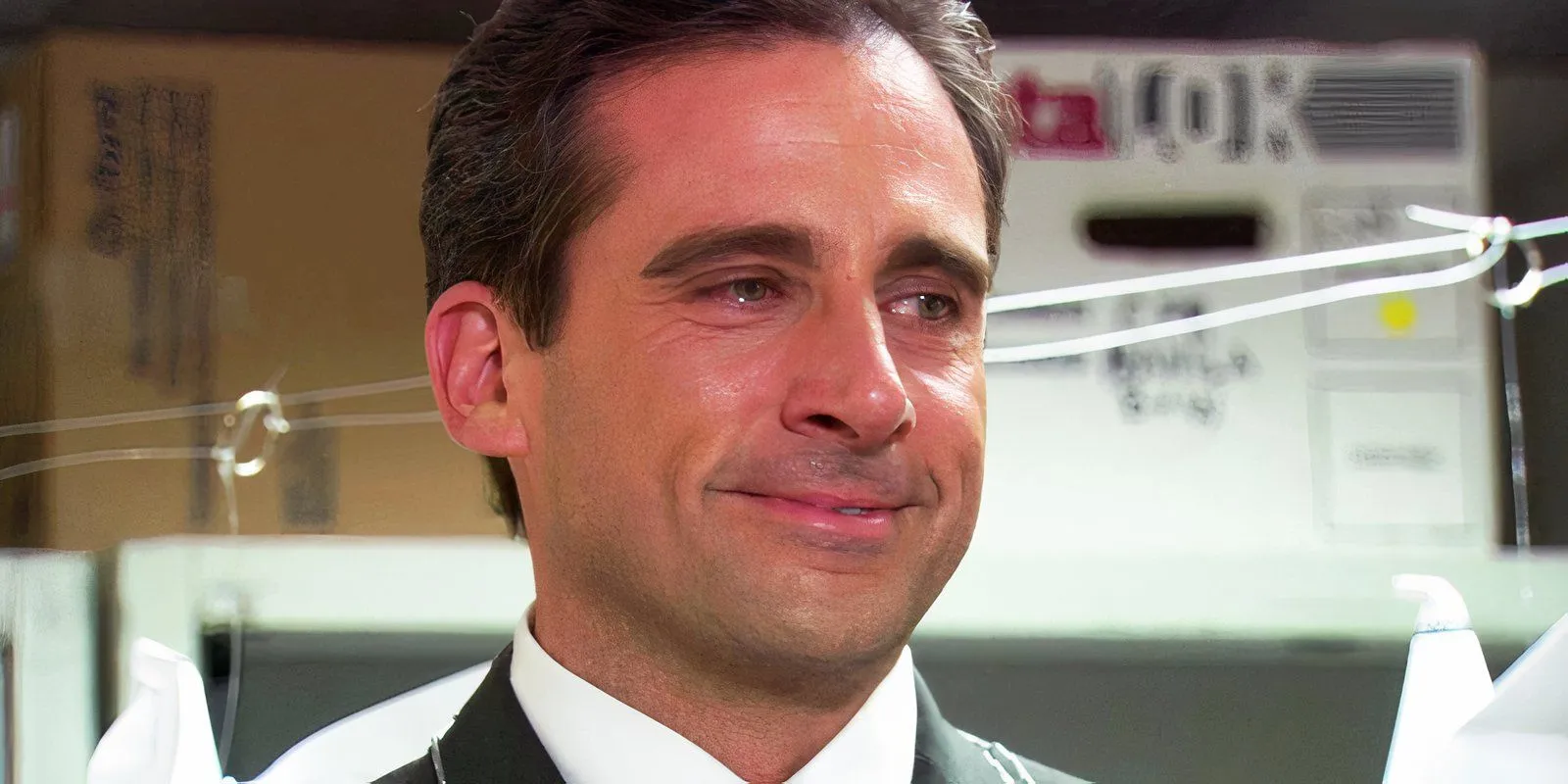
Unlike the later seasons, which expanded significantly, the inaugural season of The Office consists of just six episodes. Launched in the U.S. as an adaptation of the original British series crafted by Ricky Gervais and Stephen Merchant, the American version surpassed its predecessor in the number of episodes during its second season. Nevertheless, the brevity of the first season remains an interesting characteristic, one that starkly contrasts with the extensive run that followed. Notably, while the U.K. version laid the groundwork for the mockumentary style, the U.S. adaptation refined it, leading to many distinctions between the two.
Throughout its nine-season journey, The Office produced a total of 201 episodes. The first seven seasons prominently featured Steve Carell, whose exit from the series left a lasting impression on the show’s legacy. Transitioning a series from one culture to another always presents challenges, yet Greg Daniels succeeded in navigating the complex landscape of Dunder Mifflin, giving life to an ensemble of characters who became some of television’s most iconic figures. Despite initial shortcomings in its first season, The Office achieved acclaim by shifting its direction dramatically by the second season, ultimately enhancing its appeal and depth.
The Office Season 1: A Midseason Replacement for NBC
The Office Was Initially Set to Replace the Underwhelming Sitcom, Committed

The U.S. version of The Office premiered on NBC on March 24, 2005, as a midseason replacement for the little-known sitcom Committed. This series followed a couple navigating the ups and downs of dating in New York, featuring an unconventional subplot involving a clown living in one character’s closet. Despite these intriguing elements, audience response was tepid. After just 13 episodes, Committed was pulled from the schedule, paving the way for The Office, which would go on to become one of television’s most successful series.
The pilot episode closely mirrored the first episode of its British counterpart, although it included subtle adaptations to cater to an American audience. Initially, NBC approached The Office with caution, uncertain about whether a British-themed show could resonate in the U.S. As a result, the network ordered only a limited first season of six episodes, which aired in a short span from March to April 2005.
From Six Episodes to a Full Season: The Office Season 2
NBC’s Initial Hesitation Regarding Audience Reception





Season 2 of The Office debuted in September 2005, but NBC initially only commissioned an additional six episodes. However, as viewership numbers soared, the network ordered an additional seven episodes, bringing the season total to 13. The show’s performance averaged over 8 million viewers and garnered a rating of 3.9 among adults aged 18 to 49 (via Zap2it).
Season 2 introduced themes of potential downsizing at Dunder Mifflin and expanded the character roster, which further distinguished it from the British version. Central to this season is the evolving relationship between Jim and Pam, alongside Michael’s interactions with his boss, Jan Levinson. The success of this season can be attributed in part to the writing contributions from Mindy Kaling and B.J. Novak, who penned several crucial early episodes.
A Note on Season 4: Also Shorter Than Usual
Impact of the 2007 Writers’ Strike

While NBC intended to produce a full fourth season featuring 30 episodes, including special one-hour segments, the 2007/08 Writers Guild of America strike halted production for several months. This interruption impacted the show significantly, with only 19 episodes ultimately produced for that season. Five of these episodes were presented as hour-long features, while the remainder aired as standard half-hour episodes.
Despite the fewer episodes, Season 4 remains one of the most beloved in The Office’s history. It contains numerous details and narrative arcs that resonate deeply with fans, particularly as it marks a significant turning point in the dynamic between key characters like Jim and Pam. The transitional nature of this season was pivotal in shaping the future trajectory of the series.
Source: Zap2it




Leave a Reply ▼